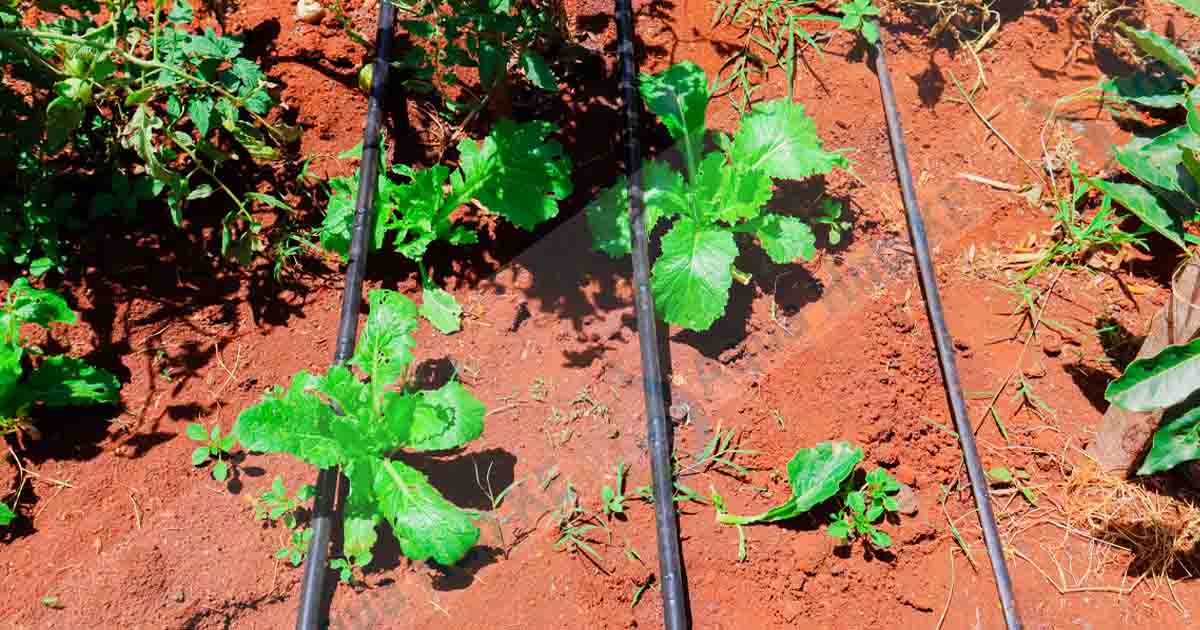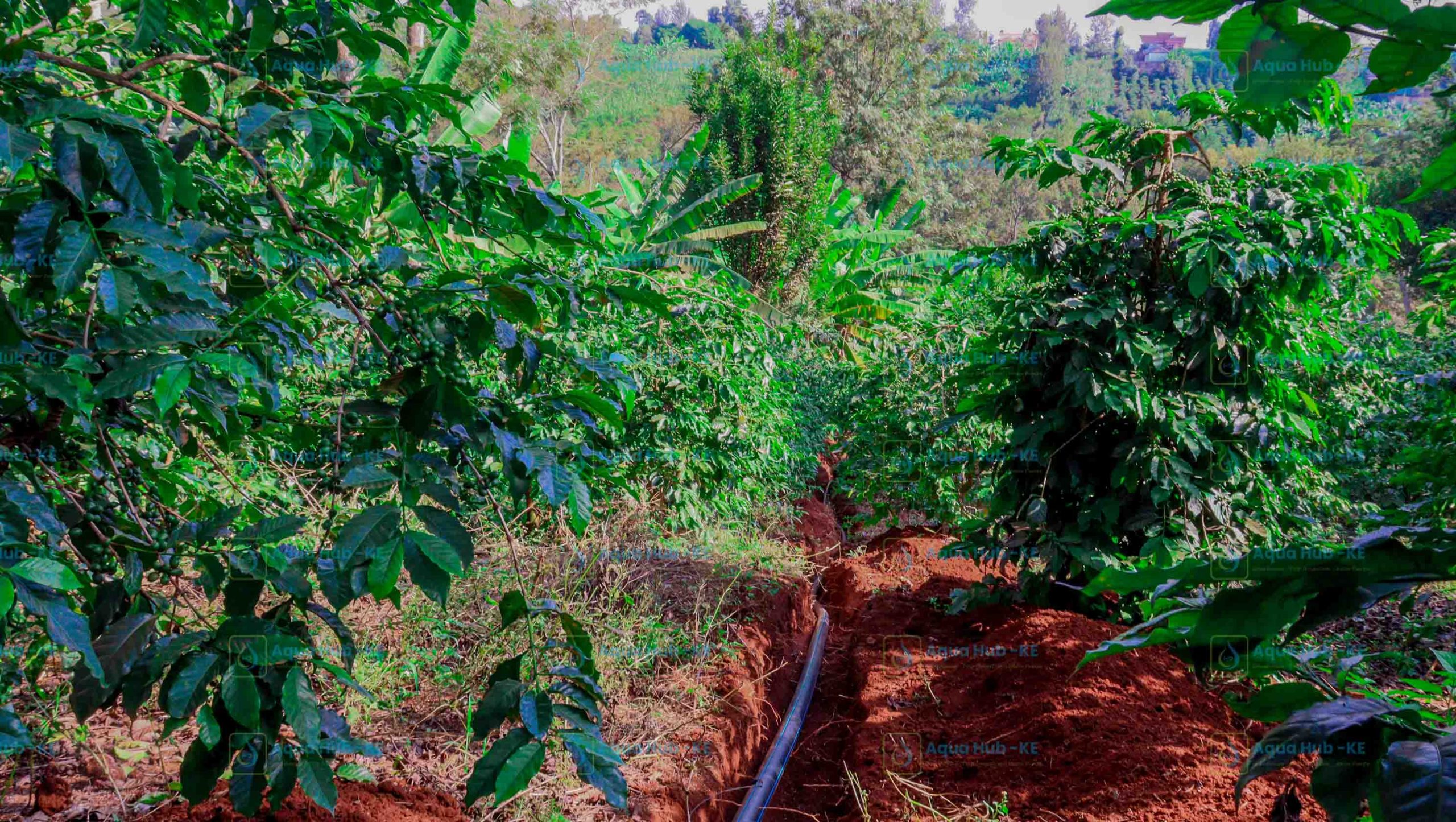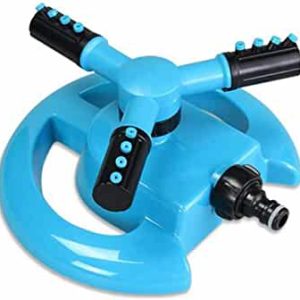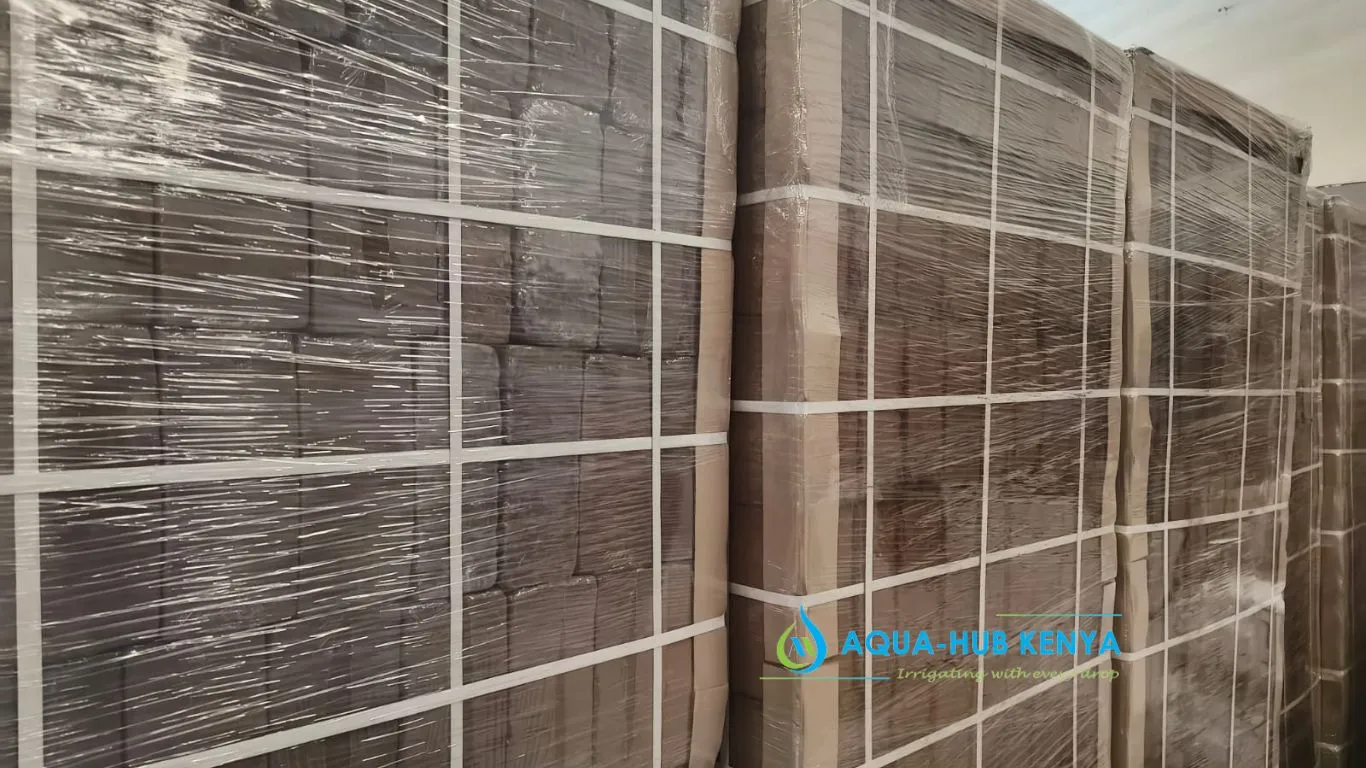Drip irrigation in Kenya is growing in popularity. This is because the supply of water is near plants, wetting only the soil in which the roots develop, as opposed to surface and sprinkler irrigation, which moisturizes the entire soil profile.

Drip irrigation water treatments are more frequent (often every 1–3 days) than other systems, resulting in a very beneficial high moisture content in the soil where plants can thrive. Drip irrigation in Kenya provides water slowly above, on, or below the soil’s surface. This reduces water loss from run-off, wind, and evaporation. Homeowners are increasingly using drip irrigation systems, which include a timer, hose, and emitter, for their plants. In order to water flower pots, hoses with a diameter of 4 mm (0.16 in) are applicable.
What is drip irrigation in Kenya?
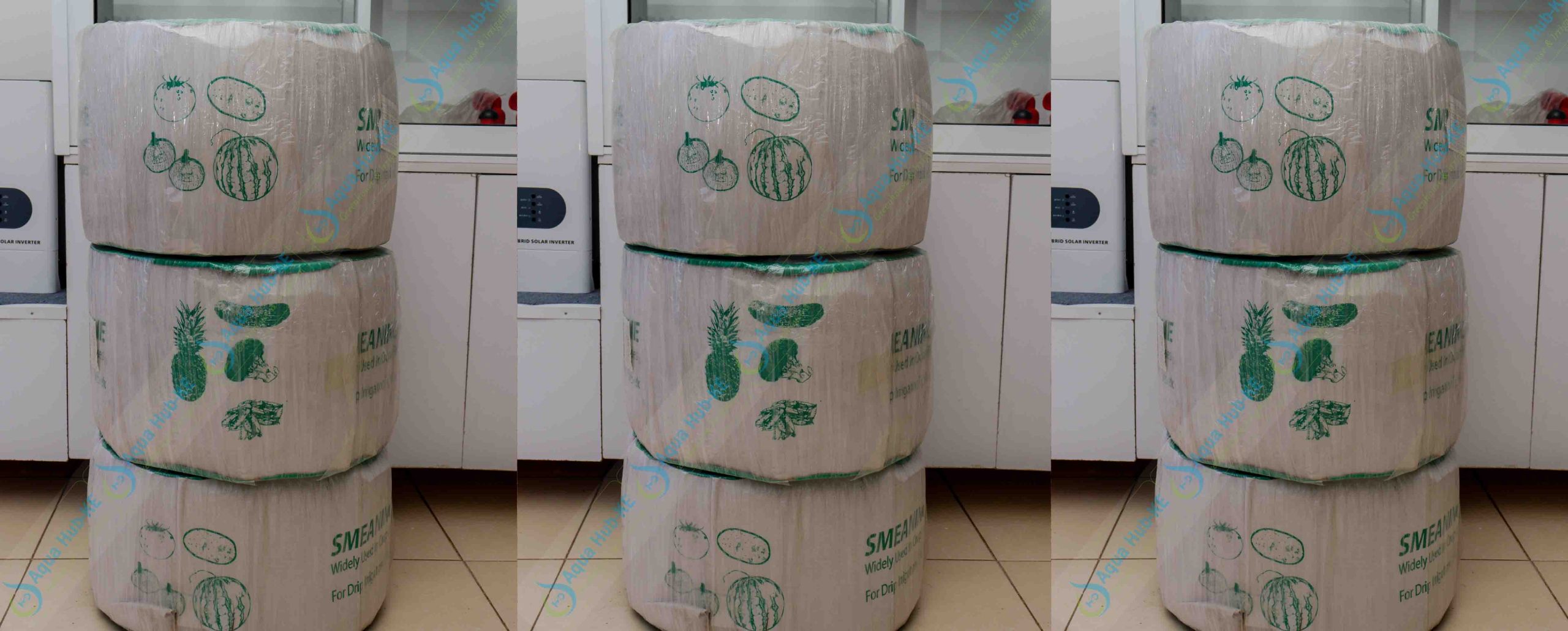
The drip irrigation system uses a network of mainlines, sub-mains, and lateral lines with emission points distributed along their lengths to supply water to the crop. Each dripper or emitter delivers a calibrated, precisely regulated uniform distribution of water, nutrients, and other essential development ingredients right into the plant’s root zone. The emitters release water and nutrients into the soil, which are then flow by capillary action and gravity into the root zone of the plants. By doing this, the plant’s loss of moisture and nutrients is nearly instantly replaceable, preventing it from ever experiencing water stress and improving quality, high yield, and optimum development.
What are the components of drip irrigation system?
- The pump station collects water from the source and regulates the pressure for transmission into the pipe system.
- The control valves control the discharge and pressure in the entire system.
- A filtration system cleans the water. Screen and graded sand filters are common filters that remove fine particles suspended in water.
- During irrigation, the fertilizer tank/venturi progressively adds a measured dose of fertilizer to the water. One of the primary advantages of drip irrigation over other approaches is this.
- The delivery of water to the fields via mainlines, submains, and laterals from the control head. They are often composed of PVC or polyethylene hose and should be buried below the ground because they decay quickly when exposed to direct sunlight. The diameter of lateral pipes is typically 13-32 mm.

- Emitters, often known as drippers, are devices that control the flow of water from the lateral to the plants. They are often more than one meter apart, with one or more emitters dedicated to a particular plant, such as a tree. More closely spaced emitters may be utilized to water a strip of soil in row crops. In recent years, many alternative emitter designs have been developed. The design goal is to create an emitter that provides a defined constant discharge that does not vary substantially with pressure variations and does not easily block.
What is the suitable water for drip irrigation?
One of the most common issues with drip irrigation is emitter obstruction. All emitters have very narrow canals ranging in diameter from 0.2 to 2.0 mm, which can become clogged if the water is dirty. As a result, sediment-free irrigation water is critical. If this is not the case, there is a need for the filtration of irrigation water.
Algae, fertilizer deposits, and dissolved substances that precipitate, such as calcium and iron, can all cause blockage. Filtration may remove some of the materials, but the situation may be complex and necessitate the services of an experienced engineer or contact with an equipment dealer.

Drip irrigation is especially suitable for low-quality water (saline water). Dripping water to individual plants also implies that the process can be very water efficient. As a result, it is the best suitable when water is scarce.

